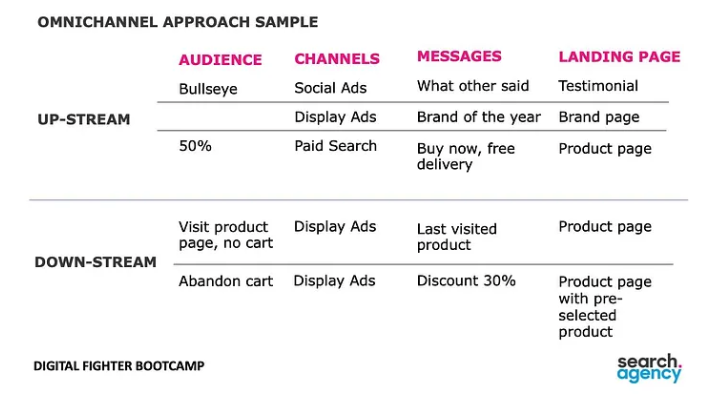The Biggest SEO Myth
The biggest #SEO myth: SEO is all I need! This statement is a myth and a dangerous misconception that can lead businesses astray in their digital marketing efforts. This myth is not exclusive to SEO but extends to other channels. Some businesses might think, "Social media is all I need," "Advertising is all I need," and so on. However, this mindset can harm a business's overall growth and success.
Today, customers have many platforms at their disposal. They move fluidly from one stage of the buying journey to the next, often utilizing different digital marketing channels. This customer journey is not linear but rather a complex web of touchpoints and interactions that lead to the final purchase decision.
Relying solely on one marketing channel, whether it's SEO, social media, or advertising, makes the business vulnerable to potential changes in that channel. For instance, changes in search engine algorithms, social media trends, or advertising policies can significantly impact a business's visibility and reach. Moreover, by focusing only on one channel, a company will likely miss out on numerous growth opportunities in other channels. This tunnel vision limits the business's potential and gives competitors an easy way to capture the potential audience to which the business needs attention.
The ideal digital marketing strategy is a diversified one. Businesses should strive to be present at every potential touchpoint with their audience. This multi-channel approach ensures that the business is there no matter where the customer is in their buying journey, providing valuable content and engaging interactions. This strategy is crucial at critical moments, determining the audience's buying decision.
So, how does a business start implementing a multi-channel digital marketing strategy?
Firstly, businesses need to identify where their potential customers are and understand their behavior on these platforms. This process involves discovering the types of content that attract their attention when their interactions occur and, most importantly, their goals and frustrations. This information allows businesses to create detailed audience personas that accurately represent their target customers.
Secondly, businesses need to prepare a transparent measurement environment. This environment should be designed to tag, track, and measure every possible interaction between potential customers and the business's digital assets. This data-driven approach ensures that businesses can accurately assess the effectiveness of their marketing efforts and make necessary adjustments.
Thirdly, businesses need to determine a clear strategy for each channel. This strategy should outline the specific objectives the business wants to achieve in each channel and the tactics they will use to reach them.
Lastly, businesses must use the correct attribution model to give appropriate value or credit to each channel contributing to their business goals. This model will help businesses determine how much effort and resources they should allocate to each marketing channel. In other words, it helps in budgeting.
The biggest #SEO myth: SEO is all I need! A successful digital marketing strategy is a multi-channel approach that meets customers where they are and provides them with valuable and engaging content. It's not about focusing on one channel but leveraging all available channels to achieve business goals.

